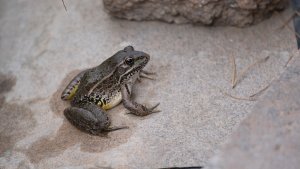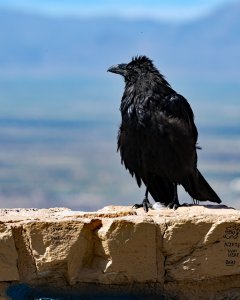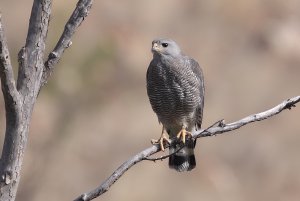-
Welcome to BirdForum, the internet's largest birding community with thousands of members from all over the world. The forums are dedicated to wild birds, birding, binoculars and equipment and all that goes with it.
Please register for an account to take part in the discussions in the forum, post your pictures in the gallery and more.
arizona
-
N
Need help identifying cool bird, with striking wing pattern near Sanders Arizona
Hello, need/want some help here identifying a bird. The bird in question most notably had black red and white wings in a distinctive, I want to say hyper stylish and geometric patterning. The patterns on the spread wings was almost like… maybe a pattern from a Native American painting, pottery...- Nofeathers
- Thread
- arizona cool identification wings
- Replies: 14
- Forum: Bird Identification Q&A
-
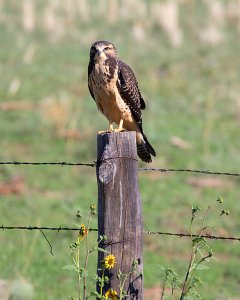
Swainson's Hawk
Spotted it while driving down a country road near where I live. It was hunting the hay field.- Huhwhat
- Media item
- arizona hawk raptor swainson's hawk
- Comments: 5
- Category: North America
-
8M1A4614-smwp
Lowland Leopard frog. We have a fish pond on our property, and they just showed up several years ago after we cleaned up the pond and straightened out water quality. They are now breeding there.- Huhwhat
- Media item
- arizona frog
- Comments: 1
- Category: Amphibians
-
_M1A5035-topaz-8x10-small
Common Raven in central Arizona. He sat and talked for almost a half an hour while I took photos of him.- Huhwhat
- Media item
- arizona corvus raven
- Comments: 2
- Category: North America
-
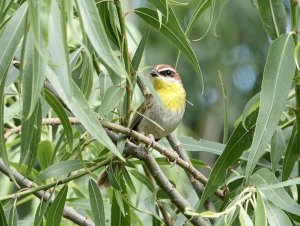
9634451B-4568-48FC-8352-F7DF7D5CE2C7_1_201_a.jpeg
Rufous-capped Warbler- an occasional visitor to SE Arizona from Mexico. This bird is actively singing and carrying nesting material, but alas, I don't think he has a mate.- Tucson Birder
- Media item
- arizona rufous-capped warbler
- Comments: 4
- Category: North America
-
T
Joined to thank this forum for valuable info!
Greetings from central mountain Arizona. I found this place while looking for information on Leitz Trinovid serial numbers; nothing else on the web comes close to the information I discovered here. Have just had my offer accepted for an early Trinovid 10x40 that I found on eBay (see attached... -
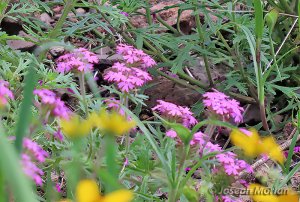
Chiricahua Mountain Mock Vervain (Glandularia chiricahensis)
Endemic to the "sky islands" of Southeastern Arizona and adjacent Mexico and New Mexico, this attractive perennial herb is a member of the Verbena family. It can be identified by its long corolla tube compared to the otherwise similar Southwest Mock Vervain (G. gooddingii) which grows at lower...- jmorlan
- Media item
- arizona chiricahua mountain mock vervain glandularia chiricahensis usa
- Comments: 1
- Category: Wild Flowers, Trees, Shrubs, Fungi
-
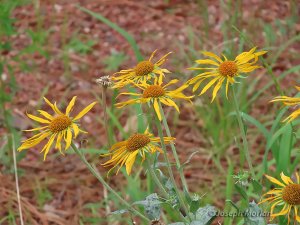
Owlsclaws (Hymenoxys hoopesii)
Native to the western United States where it favors mountain meadows. This composite is sometimes called Orange Sneezeweed because the pollen often causes an allergic reaction. This perennial is also said to be toxic to livestock, especially sheep. Formerly included in the genus "Dugaldia."- jmorlan
- Media item
- arizona owlsclaws (hymenoxys hoopesii) usa
- Comments: 1
- Category: Wild Flowers, Trees, Shrubs, Fungi
-
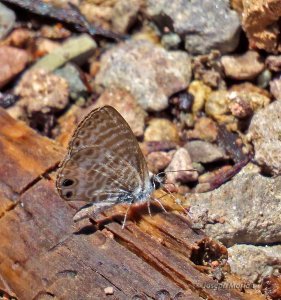
Marine Blue (Leptotes marina)
Note the dark spots on the margin of the hindwing. These blues seldom showed the dorsal side of their wings, but the underside is well marked with wavy brown and white stripes. This species is widespread in North America particularly in the West but also ranges south into Central America. Two...- jmorlan
- Media item
- arizona marine blue (leptotes marina) usa
- Comments: 1
- Category: Butterflies & Moths
-

Satyr Comma (Polygonia satyrus)
This is a type of anglewing butterfly. The genus "Polygonia" means many angles. On the rear underwing you can see a white "comma" which gives this butterfly its name. Their caterpillars specialize in stinging nettle. The adults seldom feed from flowers but more often drink from moist ground as...- jmorlan
- Media item
- arizona satyr comma (polygonia satyrus) usa
- Comments: 2
- Category: Butterflies & Moths
-
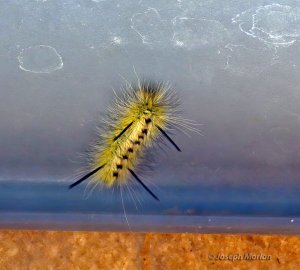
Mixed Tiger Moth (Lophocampa mixta)
We were alerted to this interesting caterpillar by a small child. This species apparently has no English name so I made one up based on its Latin name. Adults are yellow with red trim and mixed red wing markings. This caterpillar has four distinct black spines, two near the head and two near...- jmorlan
- Media item
- arizona mixed tiger moth (lophocampa mixta) usa
- Comments: 0
- Category: Butterflies & Moths
-
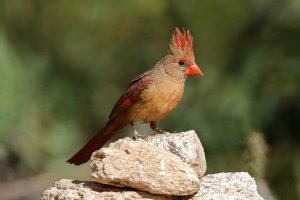
Northern Cardinal Female
Warm cinnamon overall with reddish crest, wings and tail- tgryan
- Media item
- arizona cardinal tucson
- Comments: 5
- Category: North America
-
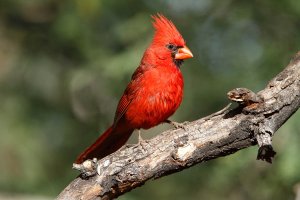
Northern Cardinal (male)
Bushy-crested cardinal with black foreface and triangular orange-red bill, male entirely red- tgryan
- Media item
- arizona cardinal tucson
- Comments: 4
- Category: North America
-
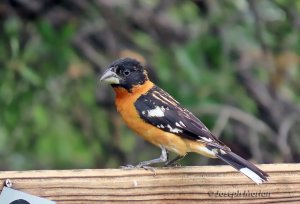
Black-headed Grosbeak
It takes two years before adult males get their full orange and black plumage. Often heard singing loudly from within the canopy of tall trees, they can be frustratingly difficult to see. This male represents the nominate Rocky Mountain race, in which the male lacks the orange stripes on the...- jmorlan
- Media item
- arizona black-headed grosbeak pheucticus melanocephalus usa
- Comments: 3
- Category: North America
-
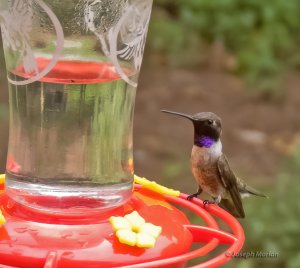
Black-chinned Hummingbird
This species is the Western North American counterpart of the widespread Ruby-throated Hummingbird of the Eastern U.S. This is an adult male, showing the purple-blue iridescence visible only when light hits it just right. The chin is black on both species, but that feature can be hard to see.- jmorlan
- Media item
- archilochus alexandri arizona black-chinned hummingbird usa
- Comments: 1
- Category: North America
-
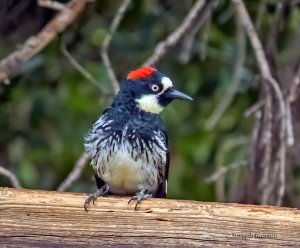
Acorn Woodpecker
These clownish-looking woodpeckers are famous for their communal breeding strategy in which multiple females and multiple co-breeding males care for the young. The females are usually all sisters while the males are all brothers from a different family. Their laughing calls reportedly inspired...- jmorlan
- Media item
- acorn woodpecker arizona melanerpes formicivorus usa
- Comments: 6
- Category: North America
-
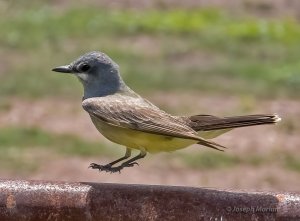
Cassin's Kingbird
Caught this one exercising in mid-hop . The specific name "vociferans" is for their loud vocalizations which often give away their presence before the birds are seen. This species is similar to several other kingbirds in having extensive yellow on the underparts. Besides voice, a key feature is...- jmorlan
- Media item
- arizona cassin's kingbird tyrannus vociferans usa
- Comments: 4
- Category: North America
-
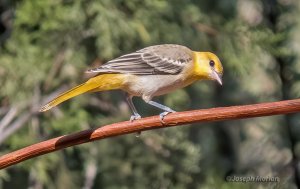
Bullock's Oriole
This is a female identified by its pale belly and dark eyeline. These orioles replace the Baltimore Oriole in western North America. Although formerly lumped with the Baltimore Oriole under the name Northern Oriole, the Bullock's is actually more closely related to the Streak-backed Oriole than...- jmorlan
- Media item
- arizona bullock's oriole icterus bullockii usa
- Comments: 7
- Category: North America
-
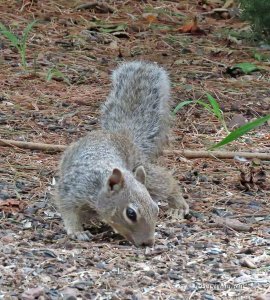
Rock Squirrel (Otospermophilus variegatus)
Rock Squirrel lacks the dark wedge-shaped nape and contrasting pale sides of the otherwise similar California Ground-Squirrel (O. beecheyi). Both have a dappled gray back. Their ranges do not overlap. Rock Squirrel averages larger than California Ground-Squirrel and occupies steep rocky...- jmorlan
- Media item
- arizona otospermophilus variegatus rock squirrel usa
- Comments: 0
- Category: Wild Mammals
-
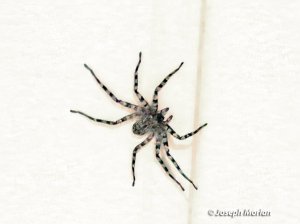
Weak Crescent-eyed Spider (Selenops debilis)
I found this large Crescent-eyed spider on the wall of our bathroom shower. This species apparently has no English name so I made one up based on its scientific name. Sometimes called "Flatties," they are said to be able to fly. Actually they just fall with style, able to turn themselves...- jmorlan
- Media item
- arizona selenops debilis usa
- Comments: 1
- Category: Invertebrates
-
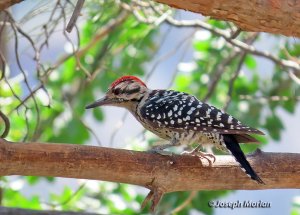
Ladder-backed Woodpecker
This is an adult male. Females are similar but lack red on the crown. This species is fairly common in the arid southwest. It barely overlaps the similar Nuttall's Woodpecker in southern California. Ladder-backed is paler overall and has more extensive barring on the tail compared to Nuttall's...- jmorlan
- Media item
- arizona dryobates scalaris ladder-backed woodpecker usa
- Comments: 4
- Category: North America
-
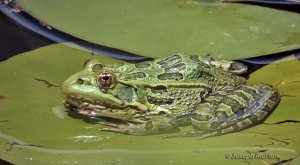
Chiricahua Leopard Frog (Lithobates chiricahuensis)
Formerly considered a race of the widespread Northern Leopard Frog (Rana pipians), this local endemic has been elevated to a full species, now lumped with Ramsey Canyon Leopard Frog (R. subaquavocalis). Distinguished from similar species by the inset rear dorsolateral folds and rough skin...- jmorlan
- Media item
- arizona chiricahua leopard frog lithobates chiricahuensis usa
- Comments: 1
- Category: Amphibians
-
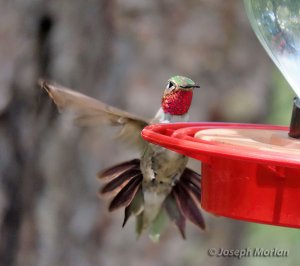
Broad-tailed Hummingbird
Although a member of the genus "Selasphorus," males have a resemblance to the widespread Ruby-throated Hummingbird ("Archilochus colubris") of the Eastern US. In addition to the more wine-red coloration of the throat and chin, Broad-tailed Hummingbird males have unique pointed primary tips which...- jmorlan
- Media item
- arizona broad-tailed hummingbird selasphorus platycercus usa
- Comments: 2
- Category: North America
-
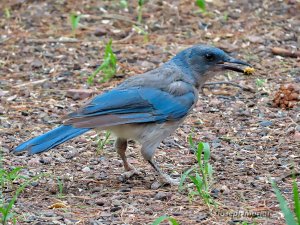
Mexican Jay
Formerly known as the "Gray-breasted Jay" when it was lumped with Transvolcanic Jay (Aphelocoma ultramarina). It is a close relative of the similar Woodhouse's Scrub-Jay. However the Mexican Jay has a decidedly different breeding strategy. They are communal, with multiple nests placed fairly...- jmorlan
- Media item
- aphelocoma wollweberi arizona mexican jay usa
- Comments: 4
- Category: North America




